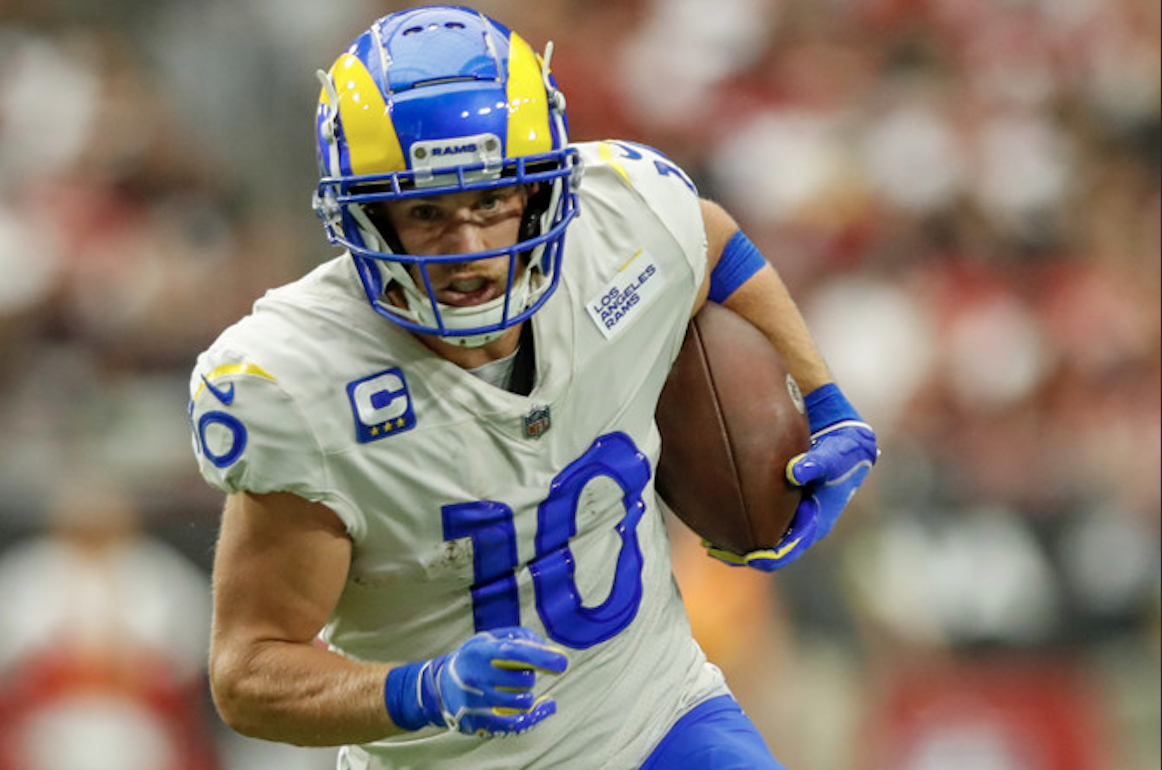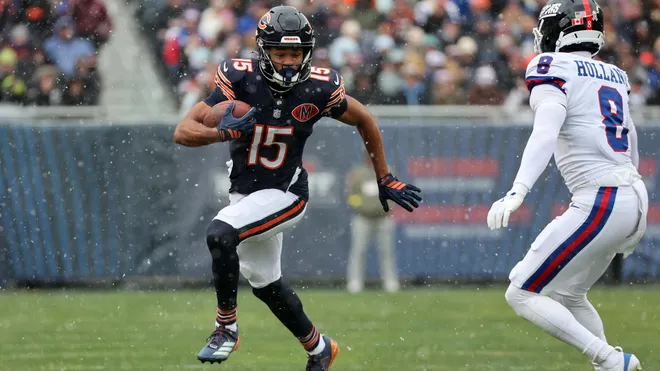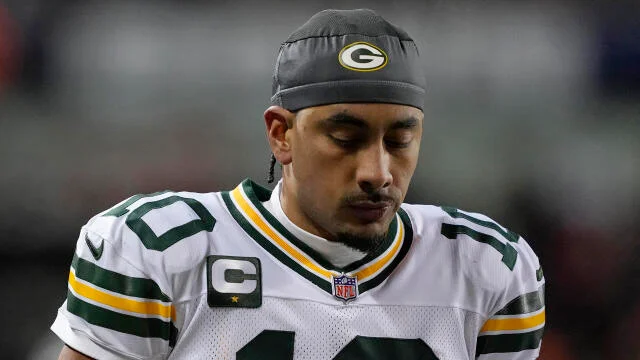Aaron Rodgers and J.K Dobbins certainly were the top stories week 1 after rupturing their Achilles in week one and ultimately ending their seasons. Week 2 Nick Chubb’s knee injury and Saquon Barkley’s ankle. What wasn’t and isn’t talked about nearly as much as it should be is the epidemic-like occurrence of hamstring injuries running through the NFL. In a sport like football that touts the strongest and fastest it is no surprise that soft-tissue injuries will occur, but at what point is the balance lost between fastest/strongest and flexibility/durability.
The injuries to the hamstring are no laughing matter. If not properly taken care of they can lead to re-injury, new injury and even long-term scar tissue and in severe injury cases, surgery is needed which opens the player to a host of new risks. Every week hamstring injuries occur and are looked at like just another injury that happens in the game, but it is in fact a problem that needs to be addressed before we lose more star players to the sidelines.
The hamstrings are a group of muscles, three to be exact. To keep this simple they originate at or around a structure known as the ischial tuberosity and attach at various points on the tibia and fibula. Their core function is to flex the leg and extend the thigh. This is very important for things like sprinting, cutting, jumping, deceleration and many other athletic needs. The elasticity of the muscle is as important as the strength when athletes are competing and based on injury numbers there needs to be a new focus placed on this.
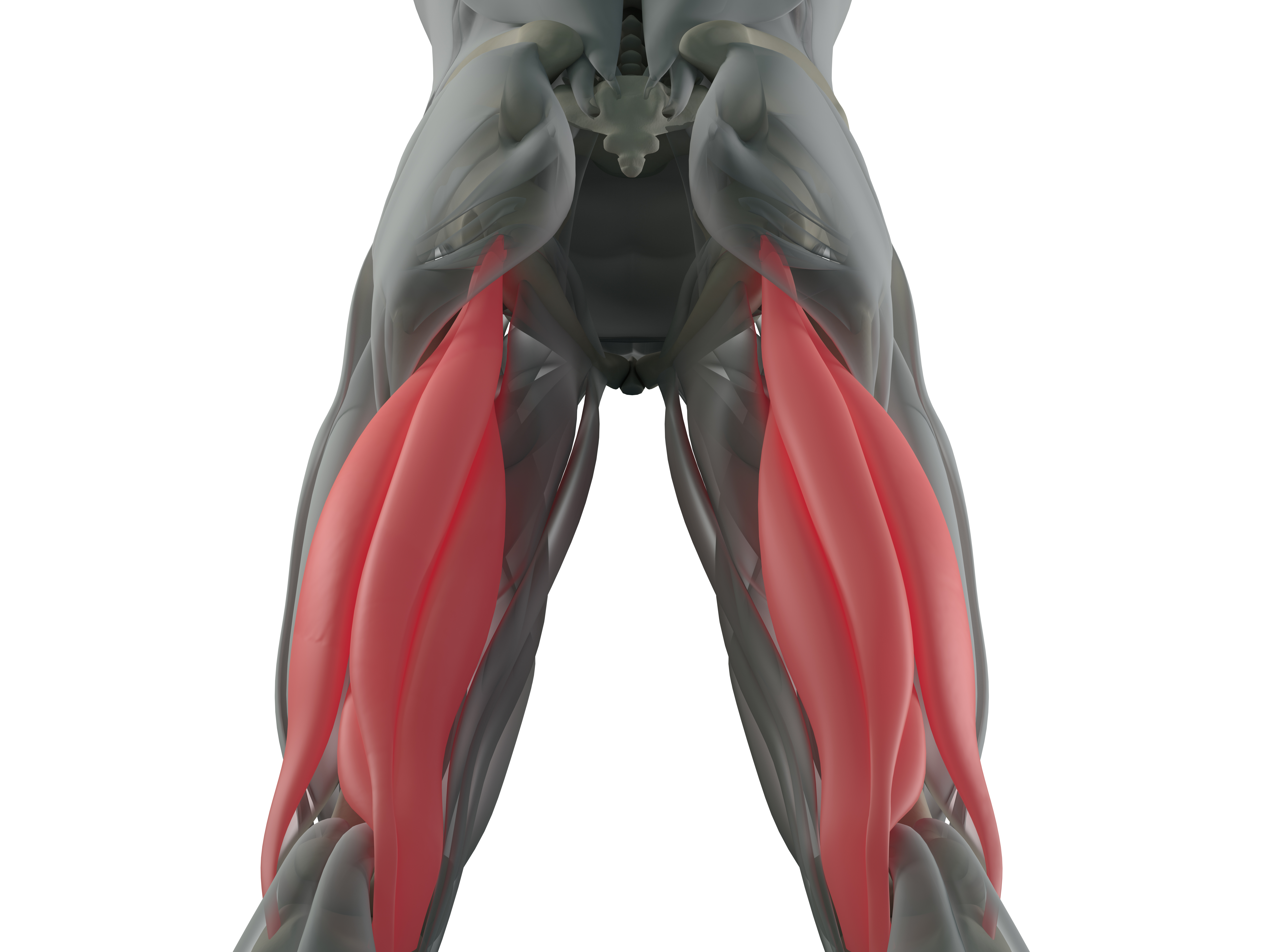
The Data Behind Hamstring Injuries
Don’t believe me? Here are what the numbers look like and who hamstring injuries are affecting? For starters the skill positions are some of the most affected. The so called “fast-guys” are dependent on this group to be able to operate at their highest level and any severity of a hamstring injury decreases this ability. In week 1 the NFL listed just under 30 hamstring injuries. 15 of those were in wide receivers and secondary positions. The rest were made up of tight ends, running backs, linebackers and one center.
Some of the big names on that list included Cooper Kupp, Marquise Brown, DJ Chark, Jerry Jeudy, Christian Watson, Romeo Doubs, John Metchie III, Jack Jones, Darren Waller and Robert Beal. Many of those names are game changing players and when they are on your sideline or lose a step due to a hamstring injury that can be a real difference maker. Even when a player returns to the field, they don’t necessarily come back “ready to perform”. Below are just some of the numbers regarding hamstring injuries in skilled positions.
Last 3 seasons (Players who took 50% of snaps or more)
Average time missed due to hamstring injury
All Players: 3 games
Skilled Positions (WR, CB, S): 2.9-3.2 games
Average Decrease in Snap Percentage upon return
All Players: 10%-12%
Skilled Positions (WR, CB, S): 10%-15%
Average Decrease in reception yards
Overall WR: 12 yards
1st Game back WR: 10-15 yards
Some things to think about if you are a fantasy owner of a WR with a hamstring injury. Severity can also affect production. WR’s who miss 2-3 games do worse when they return on average than those who miss 1 game with a less severe pull. However, those athletes who don’t rest at all tend to drop 20-25 yards in overall reception yards.
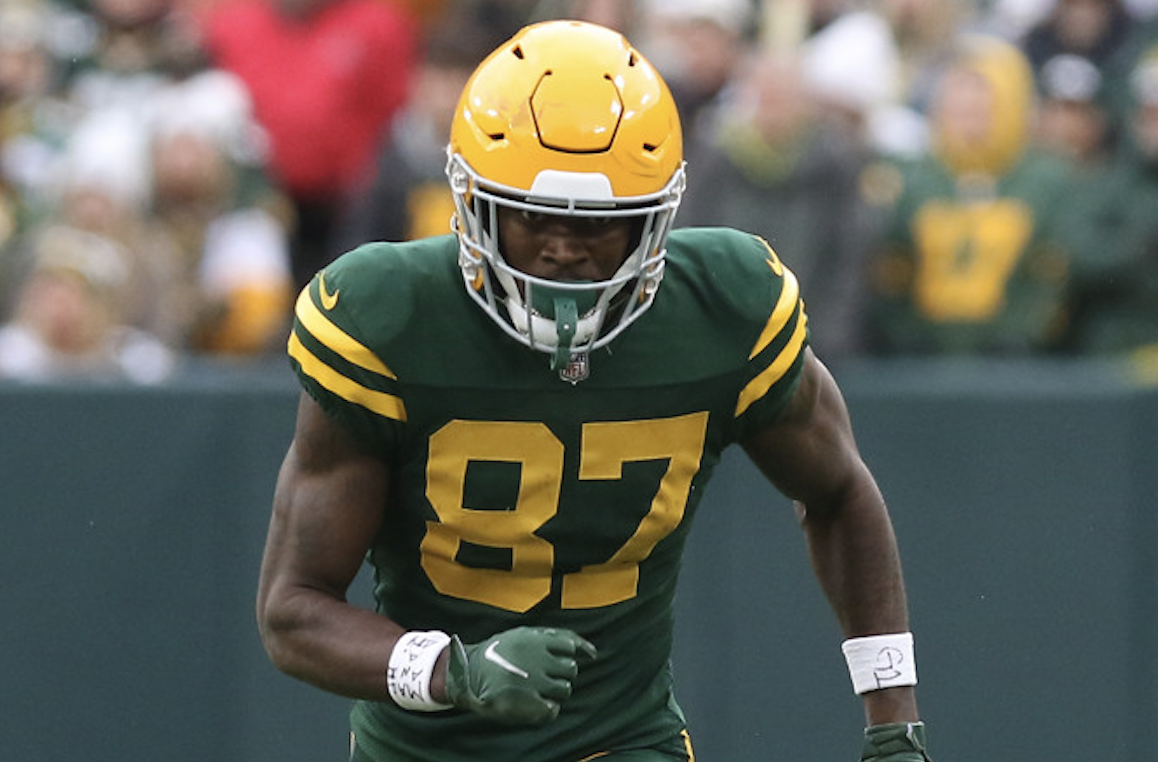
Why Do Some Players Do Ok and Others Struggle?
When it comes to this injury the most important thing is giving it time to heal. Unlike other injuries if a hamstring is rushed back onto the field it poses a much higher risk of becoming a long-term problem. These are tough injuries to deal with because they can feel good over a few days of treatment and light activity but if not fully healed they can re-injure easily over the course of the season.
There is a pivotal point in the balance between strength/speed and flexibility/durability as stated above. Players have to be the fastest and strongest and show that off to make the active roster but also have to be able to survive the season off the injury report to help their teams. It’s the teams that can find that sweet spot that keep their stars on the field and give themselves the competitive advantage.
There is hope. Advancements in sports science and technology have enabled teams to monitor players' physical readiness more accurately, allowing for the identification of potential injury risks and the adjustment of training regimens accordingly. Through these types of proactive measures, the NFL has demonstrated a commitment to the well-being of its athletes. In 2021 the NFL also awarded 4M in research funding for hamstring injuries alone.
Hopefully the NFL can find a way to reduce these numbers because if not it’s the players and fans who will suffer. It is not reasonable to think that every injury can be abolished but decreasing the volume of hamstring injuries in particular is something that needs to be a priority.
